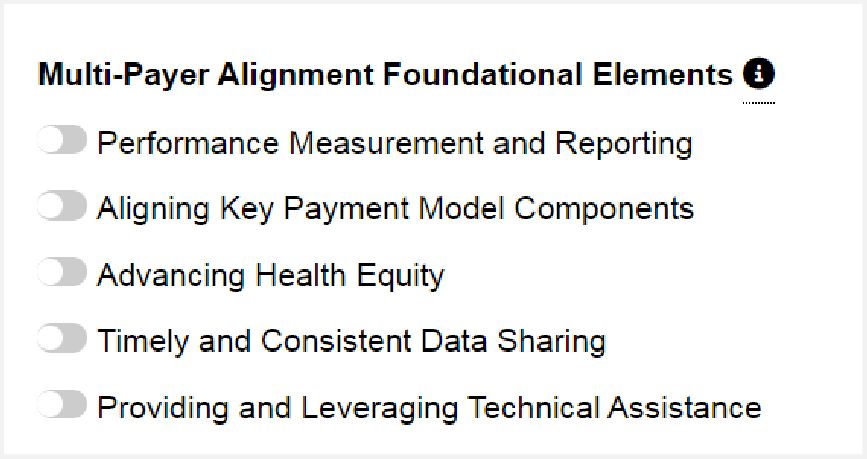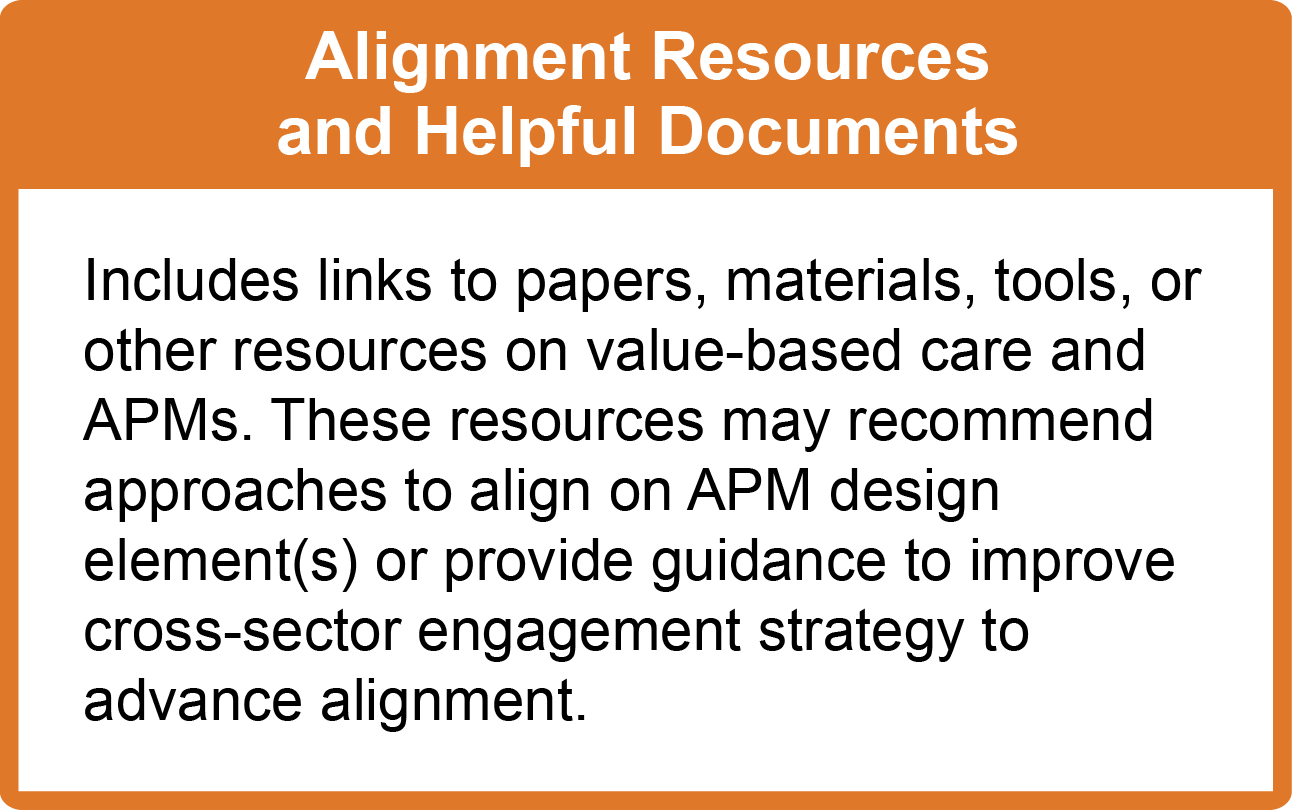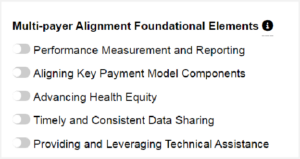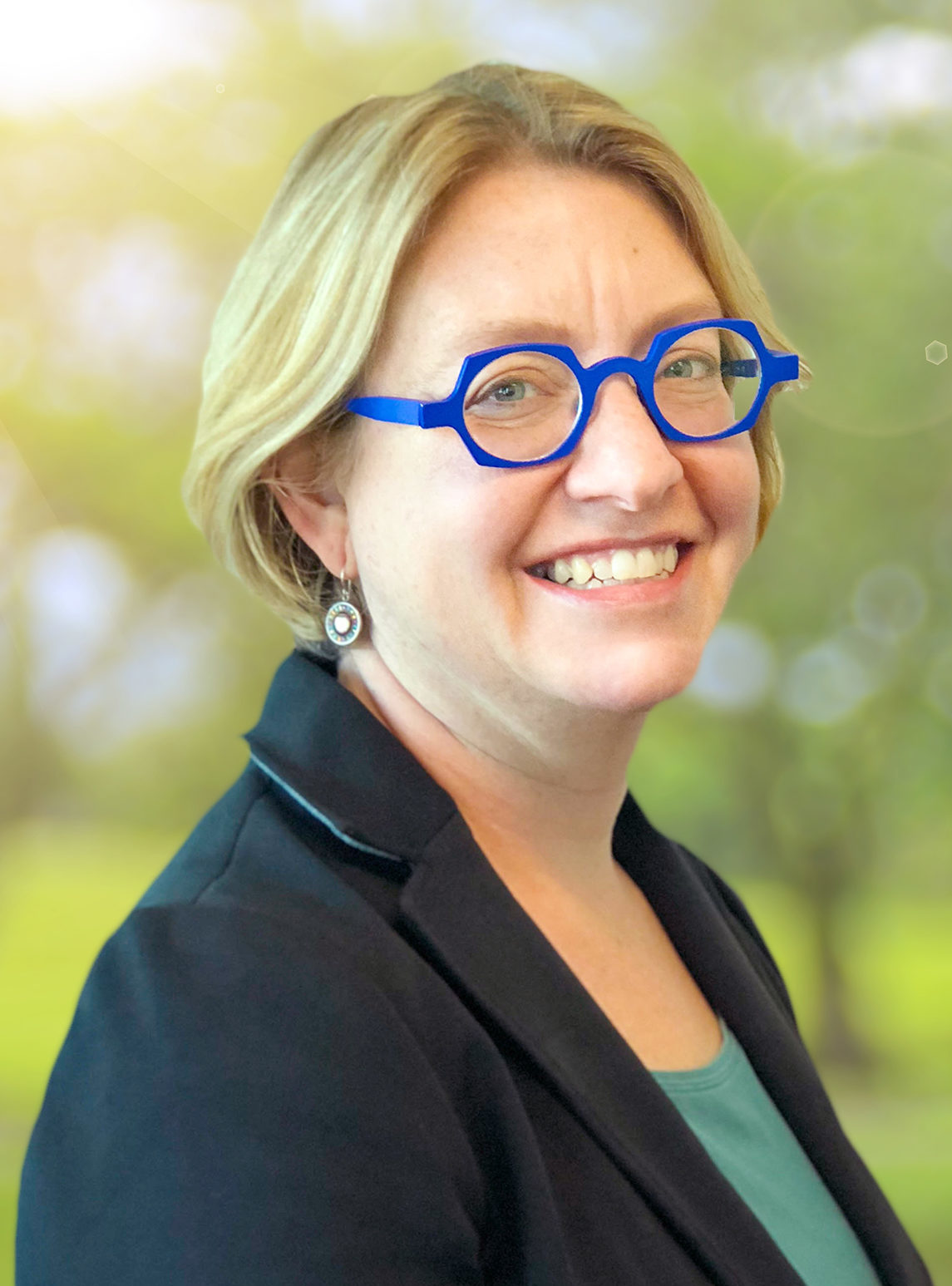Clinicians Collaborating to Advance Value-Based Payment
- August 24, 2016
- Posted by: Health Care Payment Learning & Action Network
- Categories: Committed Partner Interview, Interview, LAN Update

Clinicians Collaborating to Advance Value-Based Payment
 “We want patients to be able to call with questions and see their doctor in a timely way.”
“We want patients to be able to call with questions and see their doctor in a timely way.”
CAMH spoke with Paul N. Casale, MD, MPH, FACC, from the American College of Cardiology and NewYork Quality Care to learn about implementing to alternative payment models (APMs). Dr. Casale is a member of the Board of Trustees for the American College of Cardiology and Executive Director for NewYork Quality Care, the accountable care organization for New York-Presbyterian, Columbia, and Weill Cornell Medicine. He is a member of the LAN’s Primary Care Payment Model Work Group. The American College of Cardiology is also a LAN Committed Partner.
NewYork Quality Care started in January of 2015 and is comprised of three world-class institutions committed to providing the highest quality care for patients. As leading academic institutions, the ratio of specialists to primary care physicians is higher than might be found in many accountable care organizations (ACOs), which creates challenges as you develop programs for care management and care coordination. In addition to the ACO, two of medical schools that make up the ACO have signed onto the Oncology Care Model, and the third institution, a hospital, is in the mandatory region for the Comprehensive Care for Joint Replacement (CJR) bundle. So there’s quite a bit going on, not just in the ACO, but also with the engagement of specialists around episodic, bundled care. In that context, one of the lessons learned is the importance of building data analytics capabilities and infrastructure within the clinical practices to ensure that patient care is well-coordinated across the three institutions.
New York-Presbyterian recently started an initiative in telehealth and the ACO is looking to leverage this along with technologies within the electronic health records, such as e-consults, to enhance communication between patients and their physicians and between primary care physicians and specialists. Telehealth can help patients build a stronger connection with their primary care physicians. In the past, we had patients who bypassed their primary care physicians to go to the emergency room (ER) or a specialist. We want patients to be able to call with questions and see their doctor in a timely way.
One of the first telehealth initiatives by the hospital has been a telepsychiatry program in an effort to broaden patient access to behavioral health services. Another area the hospital is using telehealth is in the ER. For example, patients may have a virtual visit with an ER physician to provide advice on whether coming to the ER is needed or if seeing their primary physician in their office is a better alternative. The ER physicians are also using telehealth for follow-up after a patient is seen in the ER to enhance communication and coordination with patients as they transition back to their primary care physicians for further care.
Cardiac patients, such as those with heart failure, have multiple co-morbidities requiring the expertise of a variety of specialists along with their primary care physicians. These payment models enhance our efforts to build infrastructure to improve care coordination among the care team and strengthen the care management team. Currently, we have an analytics team on staff to help identify high risk patients. They work closely with our care management team which coordinates the additional services needed for these complex patients. Population-based payments support team-based care to improve outcomes for cardiovascular patients.
A big challenge is investment in infrastructure. Building information technology (IT) infrastructure is expensive, but important in order to be successful in APMs. Physicians understand the value of building infrastructure, whether it’s care coordination, data systems, analytics, or other technology, but where does the money come from when reimbursement is based solely on fee-for-service (FFS)? Building an infrastructure may require tremendous upfront costs.
An opportunity for physicians in implementing APMs is to leverage this infrastructure to improve the quality of care, lower costs, and improve outcomes for patients.
There are opportunities to provide FFS payments for services that will be helpful in an APM environment, such as payment for telehealth and other methods of virtual communication with patients. For example, when a patient comes to a doctor’s office for a relatively minor complaint, a physician could instead help that patient without a face-to-face visit. Some payers are starting to recognize the value and pay for this type of service. FFS payment for e-consultation is another opportunity to enhance the coordination of care between primary care physicians and specialists within an APM. In addition, the LAN’s Primary Care Payment Model Work Group can be a resource. I see the Work Group’s efforts as an important opportunity to think about ways for better integration of primary care and specialty care – not just with improving coordination, but payment too.
Use your data to understand your patient population. For large organizations like NewYork Quality Care, we have the advantage of having analytics expertise. Smaller systems may need to identify a partner to assist them with data analytics, but it is important to understand where patients seek care and which patients most frequently seek care. Care management needs to be a priority. Often, this is an area of focus for patients in the hospital, but it is just as important for patients seen in the ambulatory setting. Developing those capabilities is an early critical step for an ACO. Engage physicians participating in an ACO and leverage the capabilities of all members of the care team to improve the quality of care for patients. Finally, it’s critically important to engage patients, since one of the challenges is that many patients do not know they are in an ACO or understand the benefits of an ACO in improving the quality of care provided to them.


















 Emily DuHamel Brower, M.B.A., is senior vice president of clinical integration and physician services for Trinity Health. Emphasizing clinical integration and payment model transformation, Ms. Brower provides strategic direction related to the evolving accountable healthcare environment with strong results. Her team is currently accountable for $10.4B of medical expense for 1.6M lives in Medicare Accountable Care Organizations (ACOs), Medicare Advantage, and Medicaid and Commercial Alternative Payment Models.
Emily DuHamel Brower, M.B.A., is senior vice president of clinical integration and physician services for Trinity Health. Emphasizing clinical integration and payment model transformation, Ms. Brower provides strategic direction related to the evolving accountable healthcare environment with strong results. Her team is currently accountable for $10.4B of medical expense for 1.6M lives in Medicare Accountable Care Organizations (ACOs), Medicare Advantage, and Medicaid and Commercial Alternative Payment Models. Mr. James Sinkoff is the Deputy Executive Officer and Chief Financial Officer for Sun River Health (formerly known as Hudson River HealthCare), and the Chief Executive Officer of Solutions 4 Community Health (S4CH); an MSO serving FQHCs and private physician practices.
Mr. James Sinkoff is the Deputy Executive Officer and Chief Financial Officer for Sun River Health (formerly known as Hudson River HealthCare), and the Chief Executive Officer of Solutions 4 Community Health (S4CH); an MSO serving FQHCs and private physician practices. Victor is the Chief Medical Officer for TennCare, Tennessee’s Medicaid Agency. At TennCare, Victor leads the medical office to ensure quality and effective delivery of medical, pharmacy, and dental services to its members. He also leads TennCare’s opioid epidemic strategy, social determinants of health, and practice transformation initiatives across the agency. Prior to joining TennCare, Victor worked at Evolent Health supporting value-based population health care delivery. In 2013, Victor served as a White House Fellow to the Secretary of Health and Human Services. Victor completed his Internal Medicine Residency at Emory University still practices clinically as an internist in the Veteran’s Affairs Health System.
Victor is the Chief Medical Officer for TennCare, Tennessee’s Medicaid Agency. At TennCare, Victor leads the medical office to ensure quality and effective delivery of medical, pharmacy, and dental services to its members. He also leads TennCare’s opioid epidemic strategy, social determinants of health, and practice transformation initiatives across the agency. Prior to joining TennCare, Victor worked at Evolent Health supporting value-based population health care delivery. In 2013, Victor served as a White House Fellow to the Secretary of Health and Human Services. Victor completed his Internal Medicine Residency at Emory University still practices clinically as an internist in the Veteran’s Affairs Health System. Dr. Brandon G. Wilson, DrPH, MHA (he, him, his) joined Community Catalyst as the Director of the Center for Consumer Engagement in Health Innovation, where he leads the Center in bringing the community’s experience to the forefront of health systems transformation and health reform efforts, in order to deliver better care, better value and better health for every community, particularly vulnerable and historically underserved populations. The Center works directly with community advocates around the country to increase the skills and power they have to establish an effective voice at all levels of the health care system. The Center collaborates with innovative health plans, hospitals and providers to incorporate communities and their lived experience into the design of systems of care. The Center also works with state and federal policymakers to spur change that makes the health system more responsive to communities. And it provides consulting services to health plans, provider groups and other health care organizations to help them create meaningful structures for engagement with their communities.
Dr. Brandon G. Wilson, DrPH, MHA (he, him, his) joined Community Catalyst as the Director of the Center for Consumer Engagement in Health Innovation, where he leads the Center in bringing the community’s experience to the forefront of health systems transformation and health reform efforts, in order to deliver better care, better value and better health for every community, particularly vulnerable and historically underserved populations. The Center works directly with community advocates around the country to increase the skills and power they have to establish an effective voice at all levels of the health care system. The Center collaborates with innovative health plans, hospitals and providers to incorporate communities and their lived experience into the design of systems of care. The Center also works with state and federal policymakers to spur change that makes the health system more responsive to communities. And it provides consulting services to health plans, provider groups and other health care organizations to help them create meaningful structures for engagement with their communities. Tamara Ward is the SVP of Insurance Business Operations at Oscar Health, where she leads the National Network Contracting Strategy and Market Expansion & Readiness. Prior to Oscar she served as VP of Managed Care & Network Operations at TriHealth in Southwest Ohio. With over 15 years of progressive health care experience, she has been instrumental driving collaborative payer provider strategies, improving insurance operations, and building high value networks through her various roles with UHC and other large provider health systems. Her breadth and depth of experience and interest-based approach has allowed her to have success solving some of the most complex issues our industry faces today. Tam is passionate about driving change for marginalized communities, developing Oscar’s Culturally Competent Care Program- reducing healthcare disparities and improving access for the underserved population. Tamara holds a B.A. from the University of Cincinnati’s and M.B.A from Miami University.
Tamara Ward is the SVP of Insurance Business Operations at Oscar Health, where she leads the National Network Contracting Strategy and Market Expansion & Readiness. Prior to Oscar she served as VP of Managed Care & Network Operations at TriHealth in Southwest Ohio. With over 15 years of progressive health care experience, she has been instrumental driving collaborative payer provider strategies, improving insurance operations, and building high value networks through her various roles with UHC and other large provider health systems. Her breadth and depth of experience and interest-based approach has allowed her to have success solving some of the most complex issues our industry faces today. Tam is passionate about driving change for marginalized communities, developing Oscar’s Culturally Competent Care Program- reducing healthcare disparities and improving access for the underserved population. Tamara holds a B.A. from the University of Cincinnati’s and M.B.A from Miami University.


 Dr. Peter Walsh joined the Colorado Department of Health Care Policy and Financing as the Chief Medical Officer on December 1, 2020. Prior to joining HCPF, Dr. Walsh served as a Hospital Field Representative/Surveyor at the Joint Commission, headquartered in Oakbrook Terrace, Illinois.
Dr. Peter Walsh joined the Colorado Department of Health Care Policy and Financing as the Chief Medical Officer on December 1, 2020. Prior to joining HCPF, Dr. Walsh served as a Hospital Field Representative/Surveyor at the Joint Commission, headquartered in Oakbrook Terrace, Illinois.








